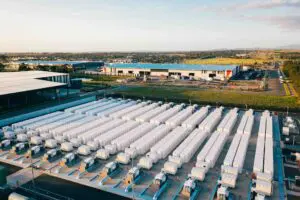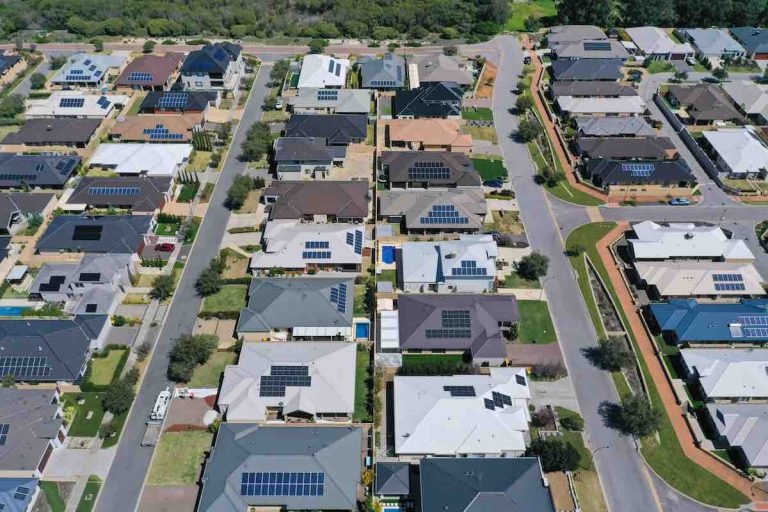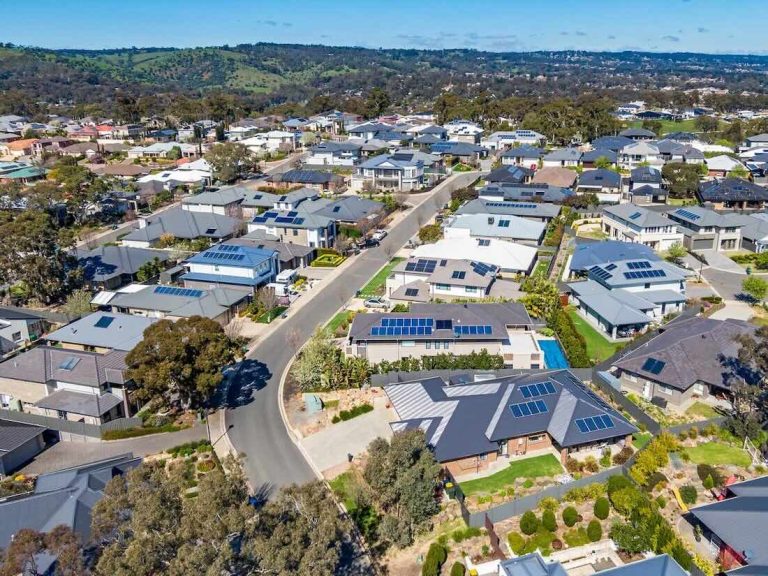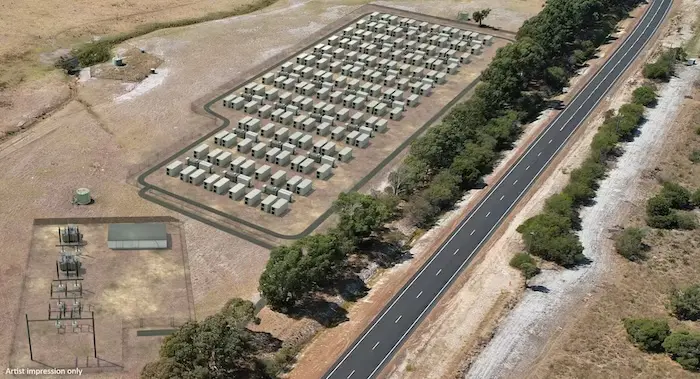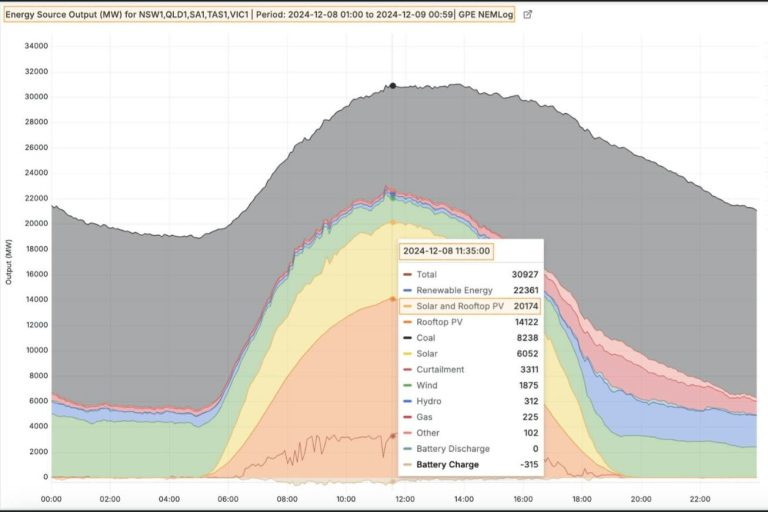Solar Farm and Battery Project Fast-Tracked for Approval in Victoria
A solar farm combined with a substantial battery project has received the green light for construction in East Gippsland, Victoria, following expedited approval through the state government’s Development Facilitation Program (DFP).
The Ballantine solar farm, boasting an output of 85 megawatts (MW), alongside a 70 MW battery with a capacity of 280 megawatt-hours (MWh), is being developed by Elgin Energy, a UK-based company. The site is situated approximately 3.8 km south-west of Bairnsdale, in the south-eastern part of Victoria.
Government Support and Project Details
On Wednesday, State Planning Minister Sonya Kilkenny announced that the project had been approved under the Allan Labor government’s fast-track initiative, which followed consultations with nearby landowners and relevant government bodies, including the Country Fire Authority.
The land designated for the project is currently owned by a single landholder and is primarily used for agricultural purposes, such as cattle grazing, as outlined in the planning documents.
Elgin Energy, which has primarily focused on project development in England and Ireland, is also pursuing several initiatives in Australia. This includes a 250 MW battery project as part of its Barwon Solar Farm, which has similarly received approval through the DFP.
Previous Successes and Economic Impact
Elgin’s Barwon solar farm, along with the Elaine solar farm and battery (125 MW PV and 250 MWh BESS), both located in Victoria, were awarded federal government support last year through the Capacity Investment Scheme.
Minister Kilkenny highlighted that the DFP has facilitated the approval of 18 new energy generation and storage projects since its expansion to include renewable initiatives last year. This has unlocked nearly $5 billion in investments and is expected to create around 1,900 jobs.
Once operational, these 18 projects are projected to generate sufficient power for approximately 574,000 households annually, with battery storage capable of addressing evening peak demand for nearly a million households.
Concerns Over Fast-Track Process
In March of the previous year, the Victorian government announced that the DFP would be applied to solar, wind, and storage projects starting in April, aiming to assist the state in achieving its decarbonisation and renewable energy goals.
This initiative, which promises a decision from the planning department within about four months, raised concerns regarding the potential removal of essential planning checks and balances. Critics feared it could lead to projects being developed in unsuitable locations, adversely affecting farmers and local communities.
Particular apprehension was expressed regarding the exclusion of third-party appeals to the Victorian Civil and Administrative Tribunal (VCAT), which previously served as a venue for contesting renewable energy project approvals by community or environmental groups.
In response to these concerns, Kilkenny stated that the fast-track programme aims to expedite the approval process while still ensuring community consultation and delivering sound decisions more swiftly.
Community Feedback and Environmental Considerations
The Victorian government has indicated that since 2015, one in five approved renewable energy projects has been referred to VCAT, with most of these initial approvals being upheld, albeit often after significant delays.
Furthermore, the government confirmed to Renew Economy that renewable energy projects requiring an Environmental Effects Statement—those large enough or located near sensitive areas to necessitate such a referral—are not eligible for the DFP pathway.
According to an Engagement Outcomes report from the Victorian Department of Planning, a variety of opinions were expressed regarding the proposed Ballantine solar farm and battery during the engagement process. Residents living in closer proximity to the site generally opposed the project, citing concerns about its potential impacts on nearby properties.
Specific worries included fire risks, possible contamination of livestock, and health implications from water run-off and electromagnetic field exposure. Additionally, some nearby residents raised issues regarding visual impacts and the need for mitigation measures.
